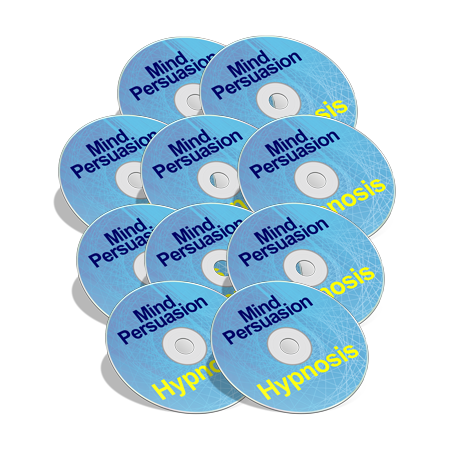Today’s book recommendation is a another classic that hardly needs any introduction, but I’d thought I’d give a heads up to the maybe two or three people left on the planet that haven’t heard about it yet.
Are you aware that you have all kinds of voices running around your mind, telling you to do things, and not do things? Don’t worry, you’re not crazy. Well, probably not. When I first heard this, I was quite skeptical, because usually when you think about hearing voices, you might imagine “Get Out!” voices from the Amityville Horror (or the Simpsons.) But the voices I’m talking about go largely unnoticed.
Imagine this, if you will. You are three years old. You are about to try something that you think might be fun. Your mother sees you (as you happen to be leaning way over the railing at the mall or somewhere) and she shouts “Stop! Don’t do that! It’s Dangerous! It’s Dangerous!” Now because of the urgency in your mom’s voice, and because she’s your mom, you listen to her, and trust her that it’s dangerous. The problem is when she did that (and saved your bacon btw,) your mind made an automatic connection between the “this might be fun” feeling, and the authoritative “Danger!” voice from your mom. How many times do you think this played out in your childhood? Likely hundreds, if not thousands.
This can be one of the biggest roadblocks to success as we grow into adults. We still have that “this might be fun” feeling once in a while (hopefully.) You see a cute girl, you think of a fun thing to do, you want to sing out loud in front of people you’ve never met before. These voices can stay with us our whole lives. And one of the reasons they are so insideous, is that most of the time, we don’t even know they are there. We usually just switch (rather quickly) from the “this might be fun” feeling to a “maybe not it might be dangerous” feeling without even realizing what happened.
But don’t fret. There is a way around those old voices. You can reprogram them. You can change them. You can tell them what to say, and in what tone of voice, and what speed, and everything. Imagine what it would be like to have the “this might be fun” feeling followed by hearing Achilles’ voice from the movie Troy, as they were about to land on the beach for the first time saying “It’s YOURS! TAKE IT!”
There is a simple way to do this. There is a fantastic book called What To Say When You Talk To Your Self, by Shad Helmstetter, Ph.D. It’s a fantastic book that goes into the theory and practice of rewriting your own programming. I’ll admit, it is kind of funny because it was published in 1982, so there are all kinds of references to tape players and the like. I create my own sound files using windows media player that came with my operating system, which easily converts to MP3’s that I listen to on the subway or train. This way I can create all kinds of positive inspiring messages for any occasion.
Because one of the quickest ways to let these new messages sink in is to listen in the background while doing other things, I usually listen while I’m reading a book or strolling down the street window shopping. And not only are there several examples in the book of exactly what to say, there are basic outlines if you want to create new statements to run your brain automatically based on your own indiviudal preference. One thing that I do that is also helpful is to have different voices talking in the right and left ear. This way they really go in deep, for even more immediate and efficient reprogramming.
There are several websites and articles online for creating your own self talk, but this book was one of the original sources that kicked it off, so I can’t recommend it enough. This book is just another example of the great truth about human development: The more you start to consciously create the thoughts that go on in your brain, the more satisfying your life will become. This book is a great starting point.
